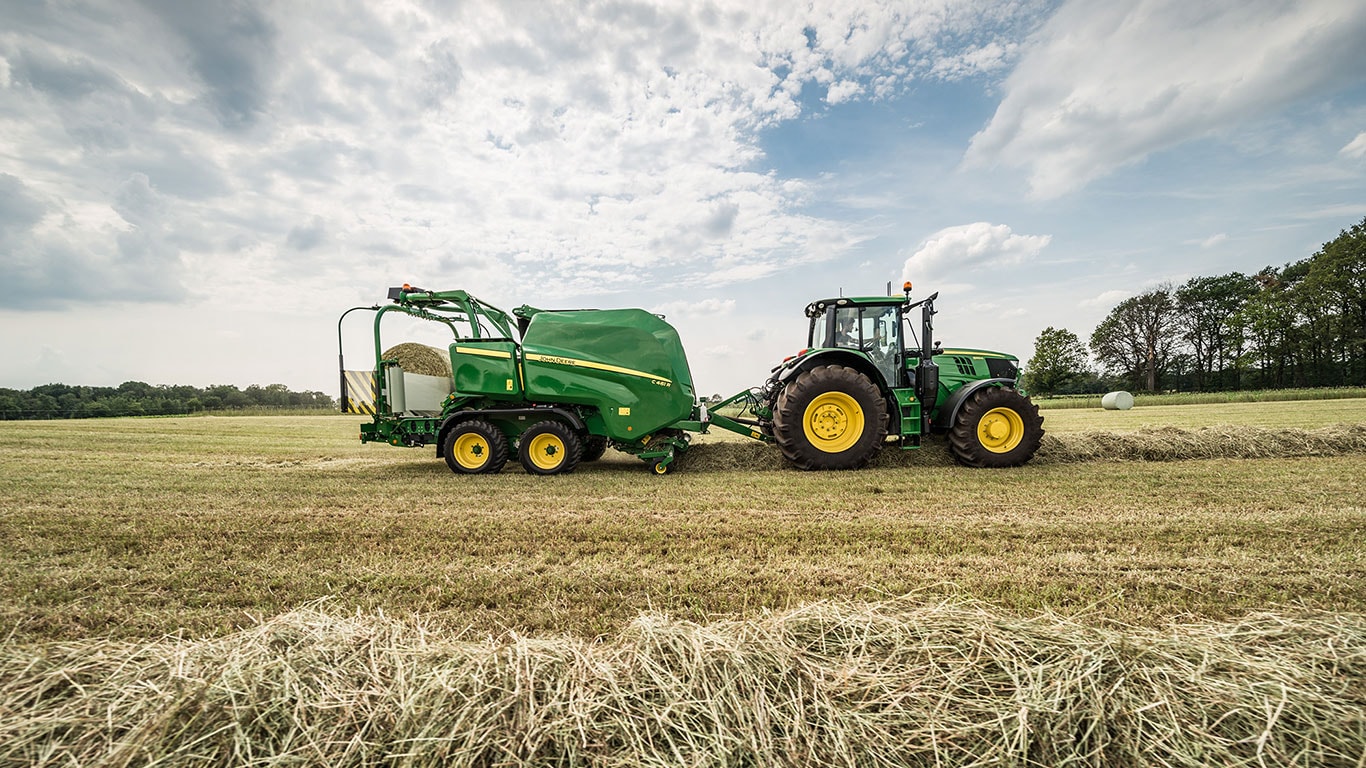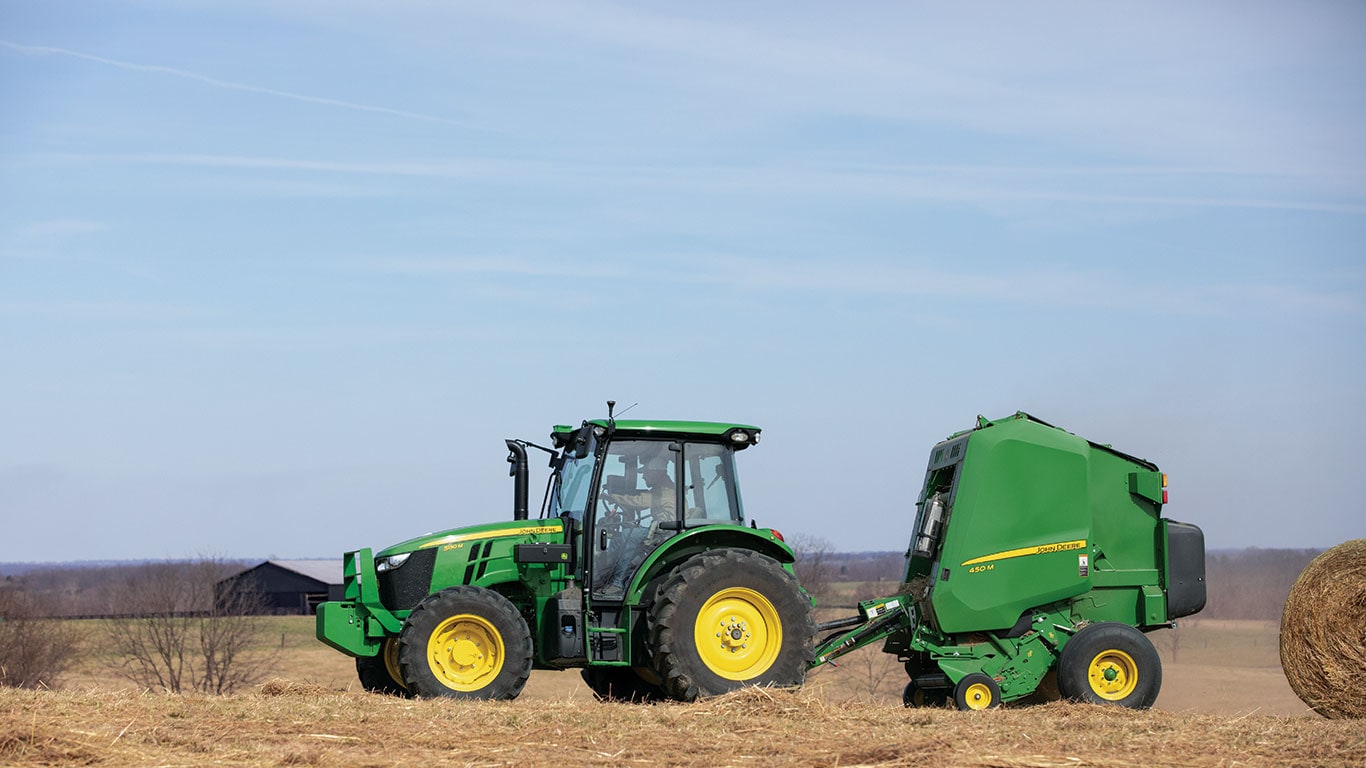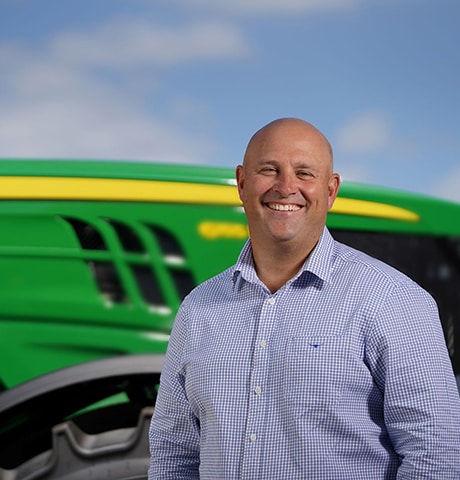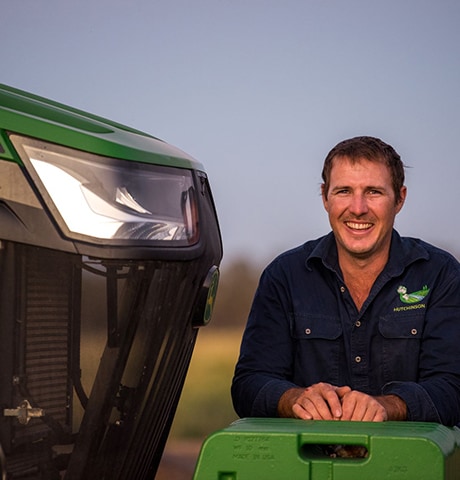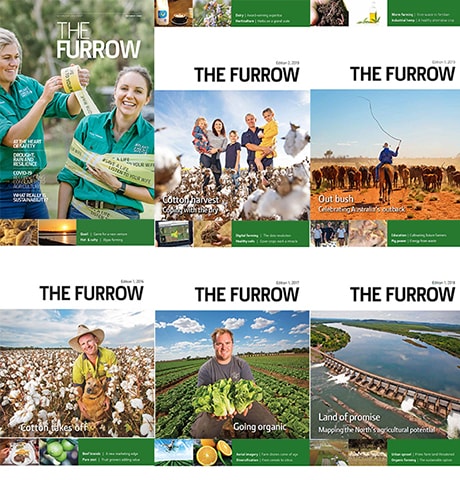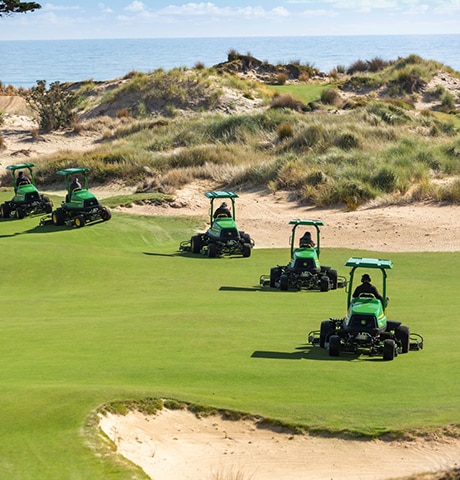NEWS RELEASE August 14, 2023
Your Guide to Selecting Haymaking Equipment in 2023
THE Australian hay and fodder industry is incredibly diverse, spanning legumes, grass, cereal and mixed types grown across varied key production zones throughout the country.
So too is the range of haymaking equipment available for purchase, meaning it's critical that time is taken to identify the right machine to meet your unique production needs.
John Deere Australia and New Zealand Product Specialist, Hay and Forage, Roberto Scheidt, said the most effective way to select equipment was often by working backwards from the paddock.
"When looking at equipment it's important to think about the setting in which it will be used and the end product that is required, and then working back from there to ensure you purchase machines that are best suited to the job," Mr Scheidt said.
"It may sound simple, but things like bale size, transportation, end markets and the machinery you already have will be important to making the right choices."
Conditioning element critical
Achieving the right conditioning actions in Mower-Conditioners (MoCos) can significantly reduce dry down time, meaning less time is needed for curing and the optimisation of feed value.
Mr Scheidt said four conditioner types across the John Deere MoCo range ensured all crops were covered.
"For example, the impeller conditioner is best for light-stemmed grasses and lucerne, the urethane conditioner is excellent in legumes and grasses and the V10 steel is best for faster dry-down, while the Tri-Lobe™ is a premium option that suits all cropping conditions," he said.
"You really need to make sure the conditioning element of your machine suits your use to streamline production in tight harvest windows and maximise quality."
In total, 17 models across four types of MoCos — centre pivots, side pulls, and front and rear mounts — make up the John Deere MoCo range, allowing growers and contractors to customize their solution or 'mix and match' to cater to their individual requirements.
Quick Change Knives are available on a variety of models, meaning operators spend less time servicing and more time cutting hay, as well as simple in-field knife changes to ensure the best quality cut.
Getting the baler right
Mr Scheidt said the most foundational baler decision was if a round or square bale machine was required, however more advanced options, like pre-cutters, could make a significant difference to quality and performance.
"Pre-cutters cut the forage into smaller pieces prior to it being placed into the bale, with studies showing this function carries a range of benefits, including bales that not only weigh more but also better hold their form," he said.
"It also ensures more simple, efficient mixing of stock feed rations and improved weight gain as greater palatability encourages animals to eat more."
The advent of the Wrapping Baler, also known as the Combination or 'Combi' Baler, was transformational for the hay industry, combining the function of baling and wrapping into one machine, reducing the need for multiple tractors and operators. John Deere's Combination Round Balers are available in the fixed chamber C441R model or the variable chamber C451R and C461R.
Two of the most relied upon Round Balers in the John Deere range in local production regions are the 450M for smaller areas and the larger 560R which carries extensive automation features.
"For land with higher productivity, where up to 6,000 bales may be made a year, we recommend a baler in the R Series, while for smaller operations, where up to 3,000 may be made, the M Series performs very well," Mr Scheidt said.
Investing in NetWrap that will last
Once the right baler is selected Mr Scheidt said it was critical the production process not be let down by the use of inferior quality NetWrap that would tear during transport or disintegrate due to UV exposure.
"It can seem more affordable to go with a cheap NetWrap option however these products simply do not withstand transport and climatic conditions well, meaning valuable product and reputation is lost," he said.
"In the long-term, it is far more cost effective to invest in a better-quality wrap that will protect hay, to ensure bales maintain quality and integrity for extended bale life and enhanced customer satisfaction."
Having enough horsepower
Mr Scheidt said he always recommended contractors and hay producers ensure they have a "few extra horsepower" when selecting tractors to operate haymaking equipment.
"This is particularly important when towing heaver machines like Combi Balers and in hilly conditions," he said.
"The John Deere 5 Series Tractors typically meet the needs of round balers, the 6 Series Tractors are usually ideal for Combi Balers, while a 7 Series Tractor will be required to operate a large square baler. "Oftentimes, the customer will already have a tractor so then it is a matter of making sure the baling equipment you purchase matches the horsepower of your existing machine."
For more information contact your local John Deere dealer.
About John Deere:
Deere & Company is a global leader in the delivery of agricultural, golf & turf, construction, and forestry equipment. We help our customers push the boundaries of what's possible in ways that are more productive and sustainable to help life leap forward. Our technology-enabled products including the John Deere Autonomous 8R Tractor and See & Spray™ are just two of the ways we help meet the world's increasing need for food, shelter, and infrastructure. Deere & Company also provides financial services through John Deere Financial. For more information, visit John Deere at its worldwide website at JohnDeere.com or in New Zealand at JohnDeere.co.nz.
Media enquiries:
Stacey Wordsworth
0438 394 371
stacey.wordsworth@bluehillpr.com.au
